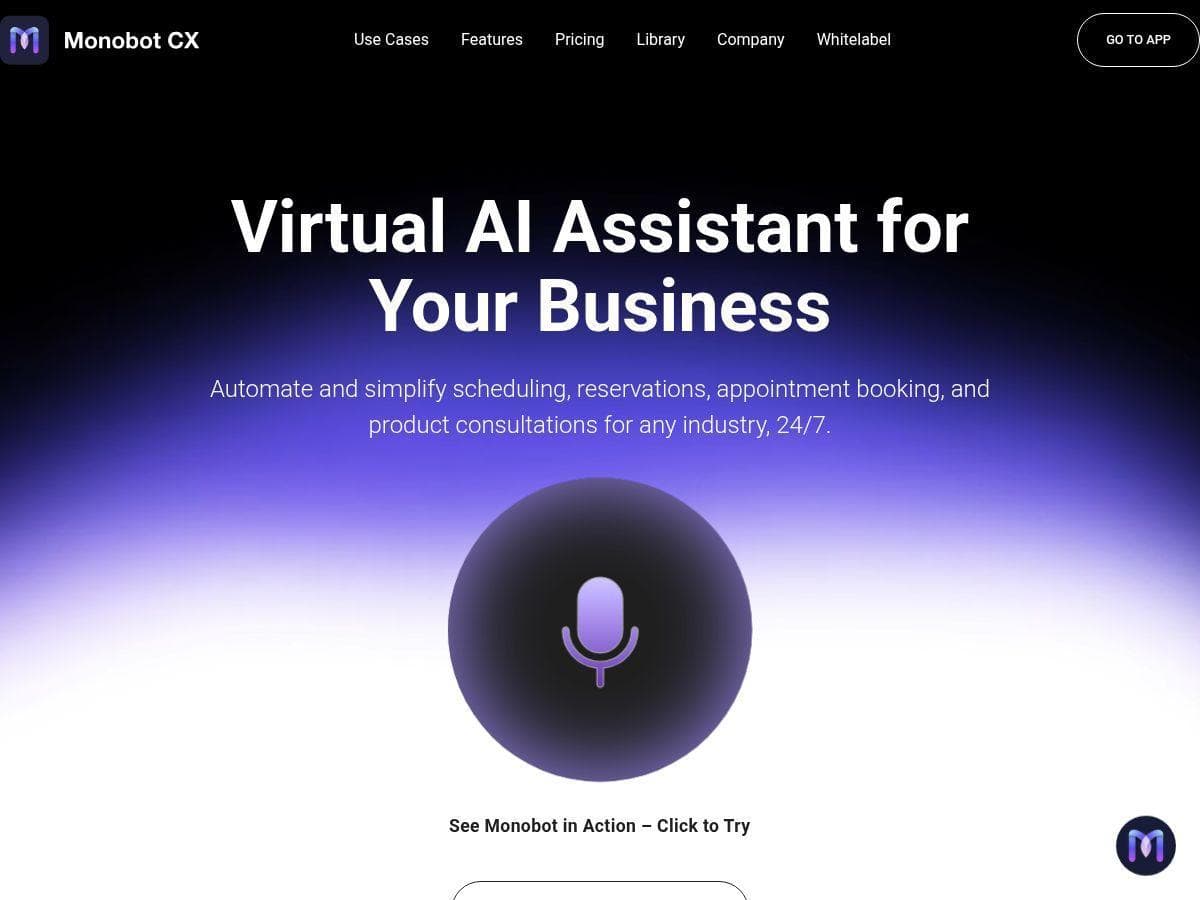Table of Contents
Struggling to get your scientific article just right? You’re not alone—crafting a paper that clearly communicates your research can be a real challenge.
But don’t worry, stick with me, and we’ll break down the process together so you can write with confidence.
From structuring your article to refining your writing style and enhancing communication, we’ll cover it all with some final handy tips.
Key Takeaways
- Structure your scientific article using the IMRaD format: Introduction, Methods, Results, and Discussion, plus an Abstract.
- Write clearly and concisely; avoid jargon, use active voice, and ensure consistency in terminology and units.
- Use proofreading tools to polish your writing, but rely on your expertise for accuracy and meaningful content.
- Enhance communication by making findings understandable, using visual aids, sharing data, and writing for a broader audience.
- Check your target journal’s guidelines for specific requirements like data sharing or detailed analyses.
- Leverage AI tools for data analysis and proofreading, but ensure your interpretation remains critical and accurate.
- Stay updated with trends like open access, preprints, and interdisciplinary research to increase your work’s impact.

1. How to Structure a Scientific Article
Getting the structure of your scientific article right is like laying a solid foundation—it supports everything else you build.
Most scientific papers follow the IMRaD format: Introduction, Methods, Results, and Discussion.
The Introduction sets the stage by explaining the problem you’re addressing and why it matters.
In the Methods section, you detail how you conducted your research so others can replicate it.
The Results present your findings without bias or interpretation.
The Discussion interprets the results, explores implications, and suggests areas for future research.
Don’t forget the Abstract—a concise summary of your entire study that helps readers quickly understand your work.
With the rise of open access and data sharing mandates, you might also need to include a data availability statement or supplementary materials.
Always check the author guidelines of your target journal; some have specific requirements like registered reports or detailed statistical analysis sections.
2. Writing Style and Best Practices for Scientific Articles
Clear and concise writing makes your article more accessible to a broader audience.
Avoid jargon whenever possible, and explain any technical terms you need to use.
Use active voice to make your sentences more direct—for example, “We conducted an experiment,” instead of “An experiment was conducted.”
Consistency is key, especially when it comes to terminology and units of measurement.
Proofreading is essential to catch errors and improve readability.
Consider utilizing the best proofreading software to help polish your work.
While AI tools can assist with grammar and syntax, your critical thinking ensures the content is accurate and meaningful.
3. Enhancing Effective Communication in Scientific Writing
Effective communication goes beyond just presenting data—it’s about making your findings understandable and impactful.
Visual aids like graphs and tables can help illustrate your results clearly.
With the push for transparency, sharing your raw data in trusted repositories boosts credibility and allows others to build on your work.
Interdisciplinary research is on the rise, so writing in a way that’s accessible to other fields can widen your audience.
Leveraging AI tools for research can streamline complex data analysis and enhance your presentation.
Remember, your goal is to engage readers and contribute valuable insights to the scientific community.

4. Final Tips for Writing Successful Scientific Articles
Staying updated with the latest trends can give your scientific article an extra edge.
Open access is becoming standard, so publishing your research in open journals can increase its visibility.
Make sure to check the specific guidelines of your target journal, as many now require detailed sections like statistical analyses or study design checklists.
AI tools are getting better at assisting with tasks like data analysis and proofreading, which can save you time.
However, rely on your own expertise to interpret results and ensure accuracy.
Sharing your raw data in trusted repositories not only promotes transparency but also enhances the credibility of your work.
Preprints are more popular than ever, allowing you to share your findings with the community quickly.
Embracing interdisciplinary research can broaden the impact of your work and lead to exciting collaborations.
Don’t just focus on traditional metrics like citation counts; consider the broader impact of your research, including real-world applications and engagement on social media.
If you’re looking to expand your writing skills, exploring different genres can be helpful—like learning how to write a play to enhance your storytelling abilities.
Remember to keep your writing clear and accessible, even to those who might not be experts in your field.
For a fresh perspective on engaging your audience, you might find inspiration from these fall writing prompts.
Your passion for your research is your greatest asset, so let it shine through in your writing.
FAQs
A standard scientific article typically includes an abstract, introduction, methodology, results, discussion, conclusion, and references. Each section logically presents the research to support the overall thesis.
Use simple language, avoid jargon, write in the active voice, and eliminate unnecessary words. Ensure each sentence contributes to your main argument and ideas are presented logically for better readability.
Incorporate visual aids like graphs and tables, structure content logically, and highlight key findings. Tailor language to your audience’s expertise and clearly explain complex concepts to enhance understanding.
Proofread for grammatical errors, ensure adherence to journal guidelines, check formatting consistency, and seek feedback from peers or mentors. These steps refine your work and increase the chances of acceptance.



